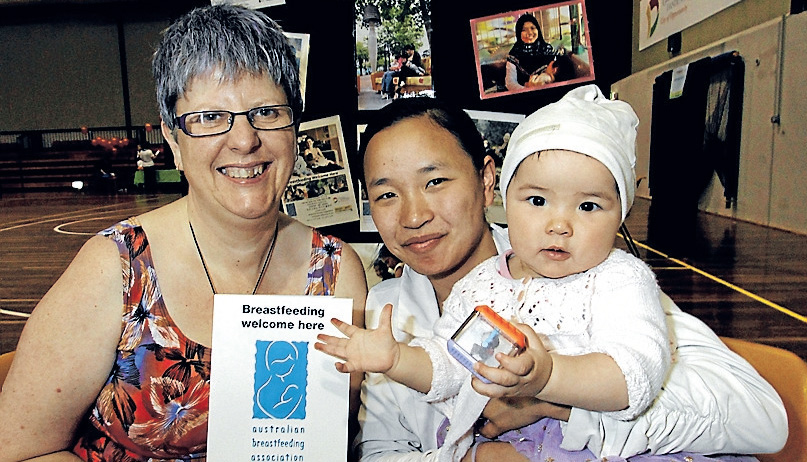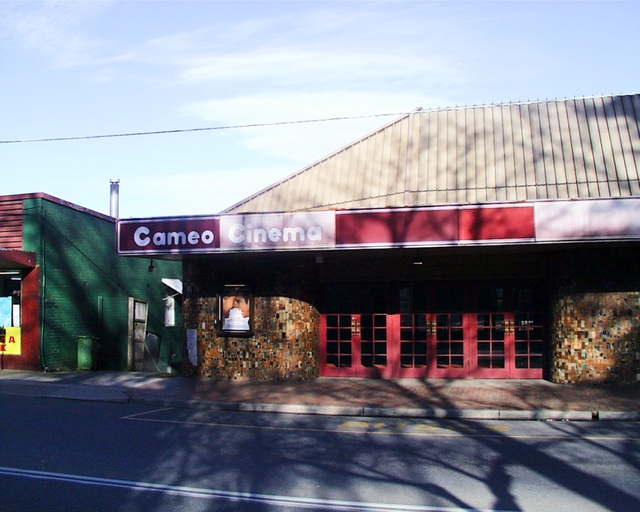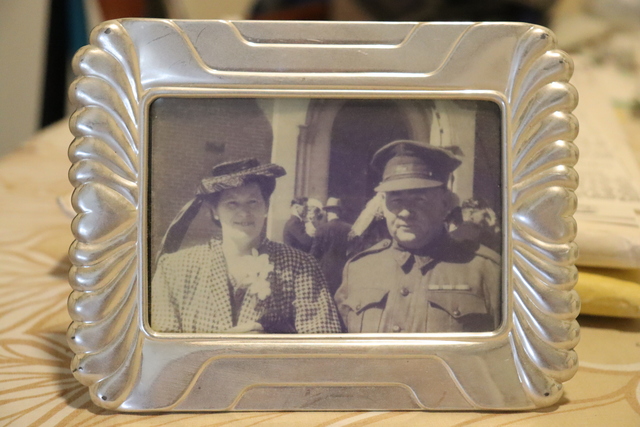Breastfeeding’s health benefits are now beyond debate. But mums still have to break down barriers to keep their babies on the boob.
It seems somewhat incredible to consider but breastfeeding — long believed to be the only way of feeding a newborn — almost became extinct in Australia 50 years ago.
Yvette O’Dowd, a Dandenong-based counsellor for the Australian Breastfeeding Association, says that at that time, mothers en masse began using formula milk instead. So much so, O’Dowd says, that ‘‘we came close to losing the skills of breastfeeding’’.
O’Dowd’s own mother was among the minority to buck the formula trend, which started when duty-bound women during World War II tried to keep babies alive as they pitched into the home front. Commercial marketing persuaded women that bottle feeding was the modern way.
Nowadays, the vast majority of mothers — including well over 70 per cent in Melbourne’s eastern and south-eastern suburbs — are choosing to breastfeed once again. That figure drops off dramatically once a baby is six months old — the minimum length of time for breastfeeding recommended by the World Health Organisation.
The data and anecdotal evidence suggest that despite it being the most natural method of feeding a newborn, mothers still face barriers to freely breastfeed.
One of the most damaging urban myths the ABA is trying to counter is that it’s illegal to breastfeed in public. In fact, the opposite is the case — it is illegal to prevent a mother breastfeeding.
‘‘It’s not a matter of whether someone likes it or not. If a mother wants to breastfeed, it’s the law,’’ O’Dowd says. ”In other countries outside the West, it’s not a big deal.’’
The issue was highlighted last month when Keysborough mother Kalyan Ky took a stand against Dandenong eatery Cloud Cafe, which she claims ejected her for breastfeeding her daughter Sophia.
She has since lodged a complaint to the Human Rights Commission and made a stand in the media. ‘‘It made me feel horrible,’’ Ky said at the time. ‘‘It was painful and humiliating.’’
Since taking that stand, Ky has been given support from numerous mothers, some confiding how difficult it still is to breastfeed in public.
One mother attributed her own postnatal depression to not feeling comfortable breastfeeding in public.
‘‘She was scared of the confrontation she might face,’’ Ky says. ‘‘For many people of ethnic background they think it’s illegal [to publicly breastfeed] because it’s not [the done thing] in the open. It’s such a natural part of life, but they feel frowned upon when they do it.’’
Many of Ky’s friends had assumed it was illegal. Some mums she’s spoken to have shifted to formula-feeding to avoid the ‘‘looks in public’’.
‘‘Mums have told me they have no self-confidence. They can’t breastfeed when they go out. You can’t just stay home all the time to feed.’’
Ky says she has since been confronted at her door by a male stranger in his 30s, who told her she didn’t need to breastfeed her eight-month-old daughter.
‘‘He said a lot of people think the same thing but don’t say it. These people being vindictive don’t understand how difficult it is for mothers in public.
‘‘When coming to Australia I didn’t get much grief for being Asian, but I have for breastfeeding — which is a practice enshrined in all cultures.’’
Others have well-meaningly advised Ky to hide her breastfeeding, by either feeding Sophia in the car — not a great idea on a hot summer’s day — or to cover her daughter with a blanket while feeding.
O’Dowd says public breastfeeding is more accepted now than when she became a mother in 1984, but there was much work to do.
‘‘In Kalyan’s case, no woman should be confronted by a stranger when they’re in such a vulnerable situation in a cafe. It’s not a lifestyle choice. It’s a basic human right.’’
O’Dowd says some migrant women from Africa assume public breastfeeding is illegal because they didn’t see it happening as often as in their homelands.
State government figures show that by six months of age, about two in three babies are no longer fully breast-fed in Melbourne’s east and south-east. O’Dowd says the dip was partly due to mothers returning to work.
The ABA is trying to support breastfeeding mothers returning to work by promoting clear breastfeeding-friendly rules at workplaces.
‘‘The practical needs of expressing milk [with a breast pump] are quite straightforward but the support at work isn’t there, especially for those workers lower on the ladder,’’ O’Dowd says. ‘‘Management are able to use a breast pump in the privacy of their own office but those on the shop floor don’t have their own room.’’
Mums also feel an internal pressure about taking time out during work time for lactation breaks. ‘‘They think that co-workers think they’re taking too long on breaks but that’s often the mother’s own interpretation.’’
The ABA set up a breastfeeding drop-in centre in Dandenong — the only such resource in Australia — to tackle low rates of natural feeding.
Most of its clients are Australian-born from surrounding eastern and south-eastern suburbs while others come from places as far-flung as Gippsland.
It helps mums struggling with the ‘‘tricky art’’ of breastfeeding. Problems can include babies not latching on, mums with sore nipples or drying milk supplies.
The drop-in centre is replete with counsellors, comfy couches and a wealth of educational material. It fills a free, accessible niche for desperate mums who might otherwise wait weeks for a day-stay placement in a public hospital or have to pay $150 an hour for a private lactation consultant.
‘‘I’d say 80per cent of contacts come in for reassurance that they’re doing the right thing. Often they are, but they come in because they’ve had mixed messages from well-meaning people,’’ O’Dowd says.
The ABA drop-in centre is equipped for migrant families with clear instructional DVDs, interpreter services and translated materials. It’s just a matter of them finding out about the centre.
‘‘We reach a lot of the migrant community, but there must be a lot of women who don’t know we’re here.’’
The ABA drop-in centre is at suite 3, 71 Robinson Street, Dandenong, and is open 10am-4pm on Tuesdays, Wednesdays and Thursdays. To find out about local breastfeeding groups, call 9885 0855 or go to abavic.asn.au.
LATCHING OFF
The drop-off in breastfeeding after six months:
Municipality Fully breastfed (at birth) Fully breastfed (6 months)
Casey 77.3% 23.2%
Greater Dandenong 70.5% 30.5%
Frankston 70.6% 31.1%
Cardinia 78.3% 32.4%
Mornington Peninsula 72.7% 33.6%
Knox 73.2% 38.7%
Monash 67.4% 41.1%
Maroondah 78.7% 42.5%
— Source: Maternal & Child Services annual reports 2010-11
What do you think? Post a comment below.
For all the latest breaking news, stay with this website. Also, follow the Weekly at facebook.com/dandenongjournal or on Twitter @DandenongJournal.







